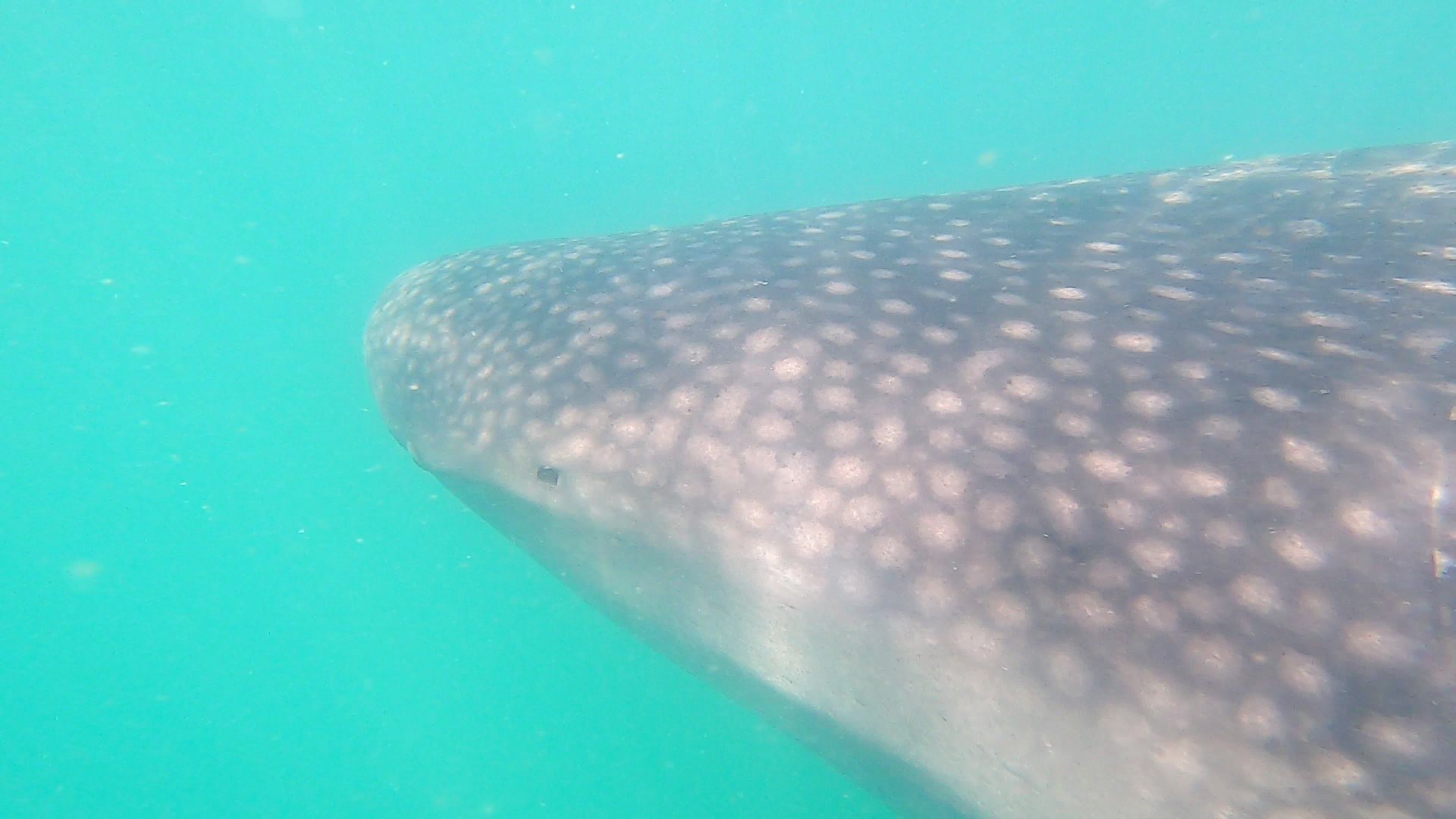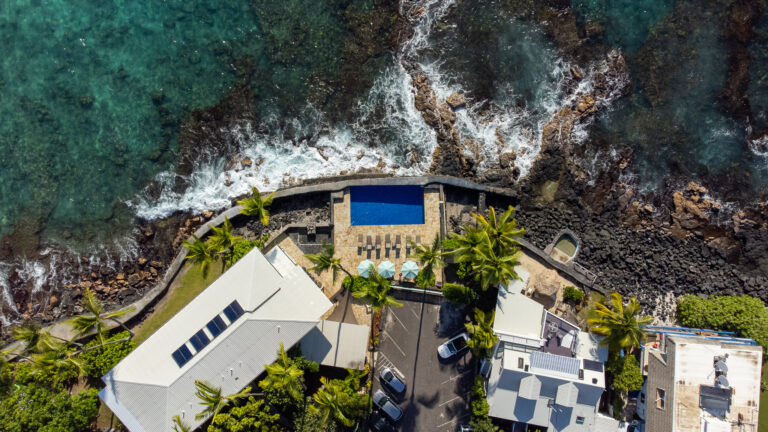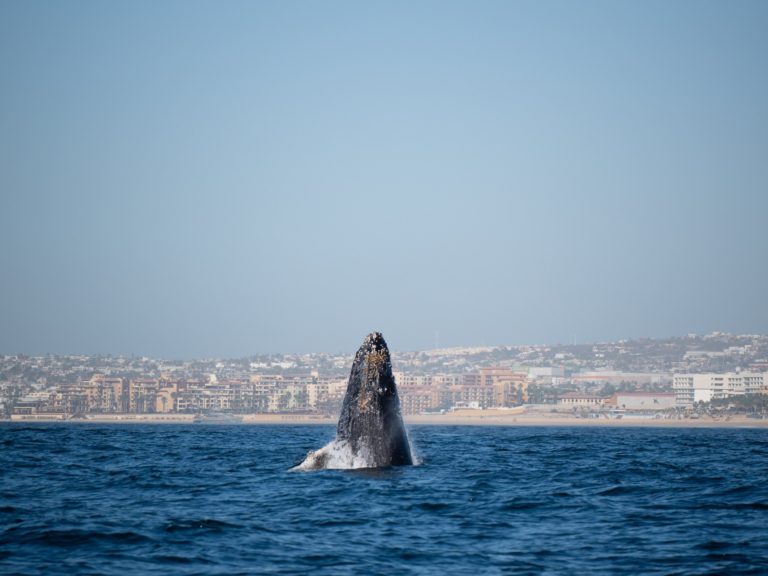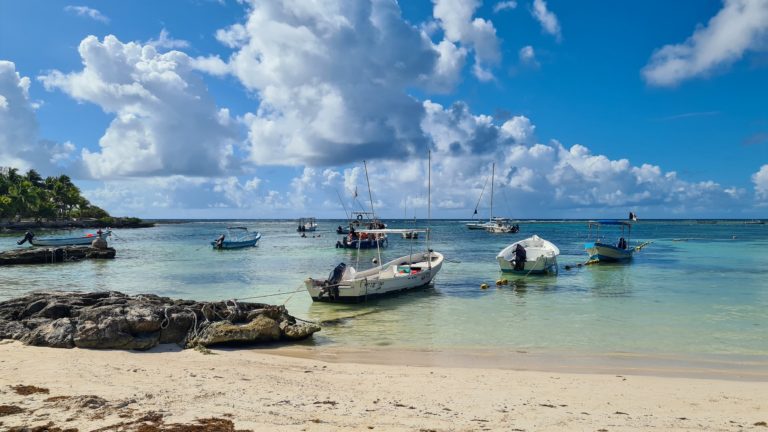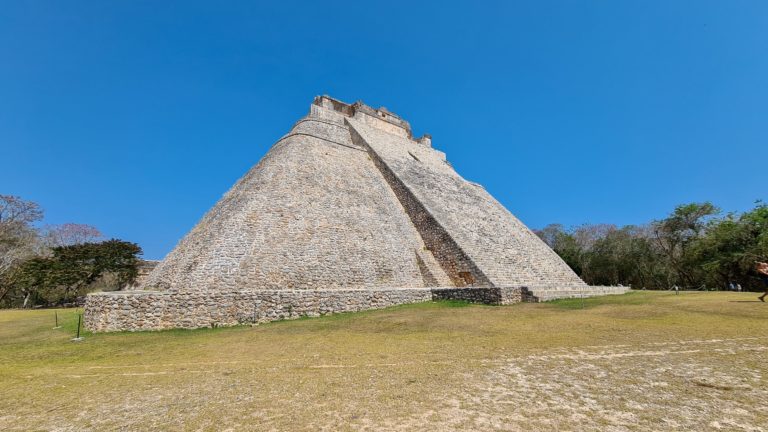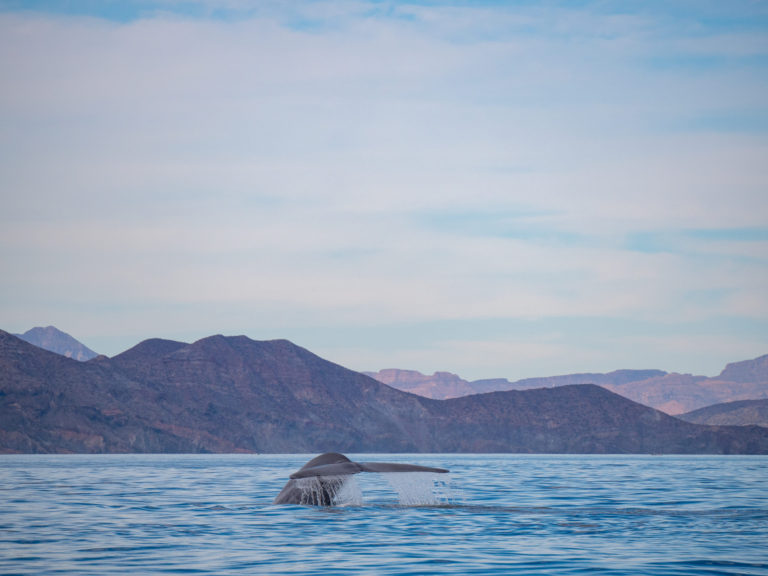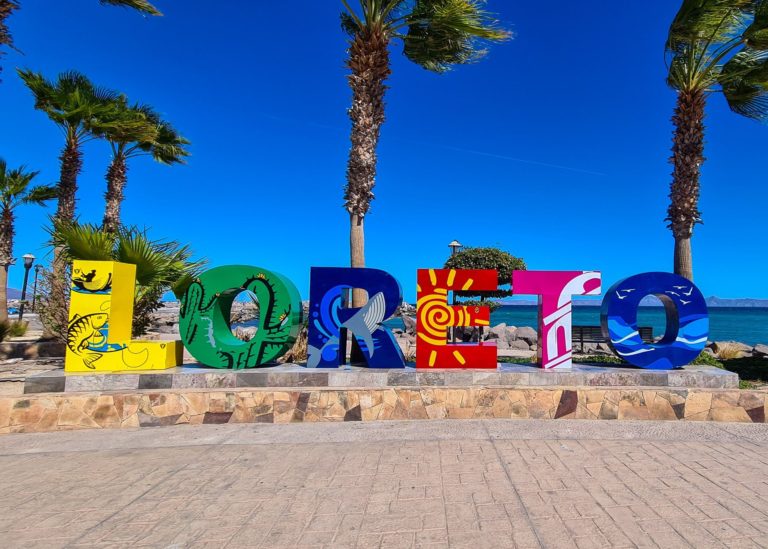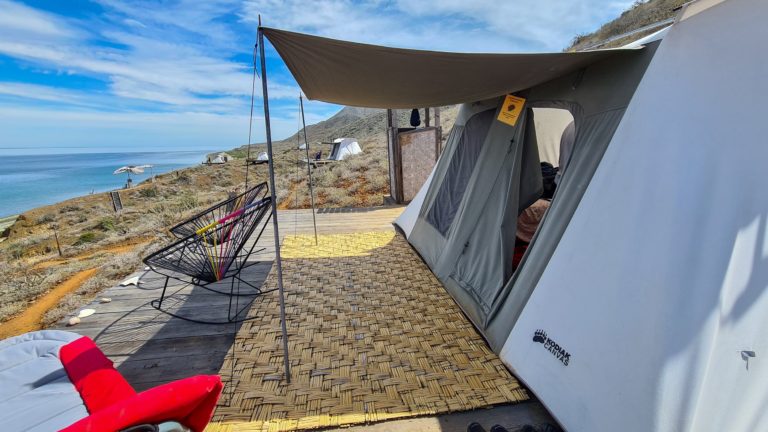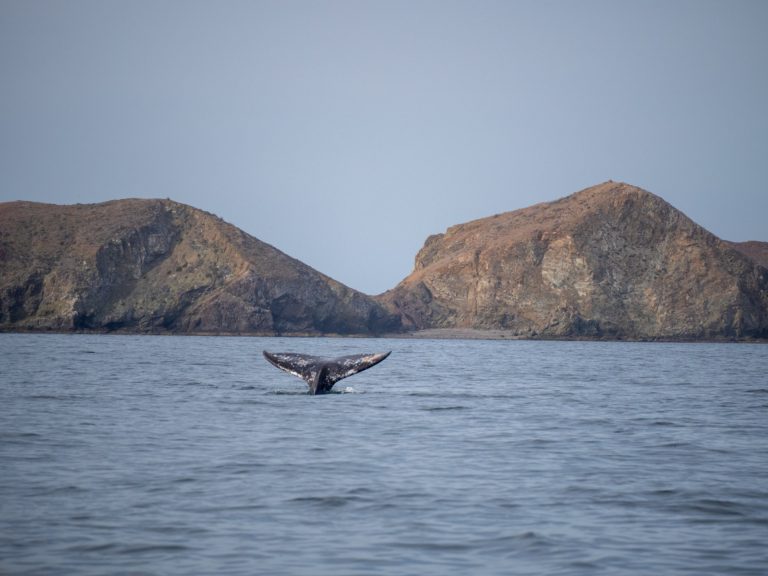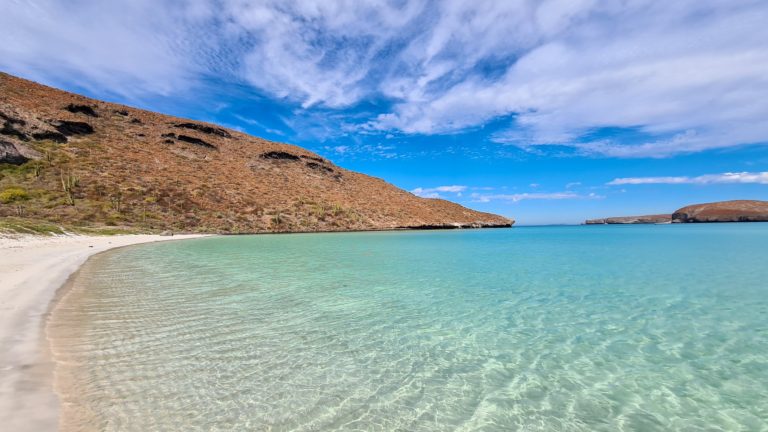Everything you need to know about Swimming with Whale Sharks in La Paz
A complete guide to ethically swimming with Whale Sharks in La Paz, Baja California Sur, Mexico!
(Updated 2024)
This post may contain affiliate links, which means we might earn a small commission on anything purchased through these links at no extra cost to you. Learn more on our Disclaimer page.
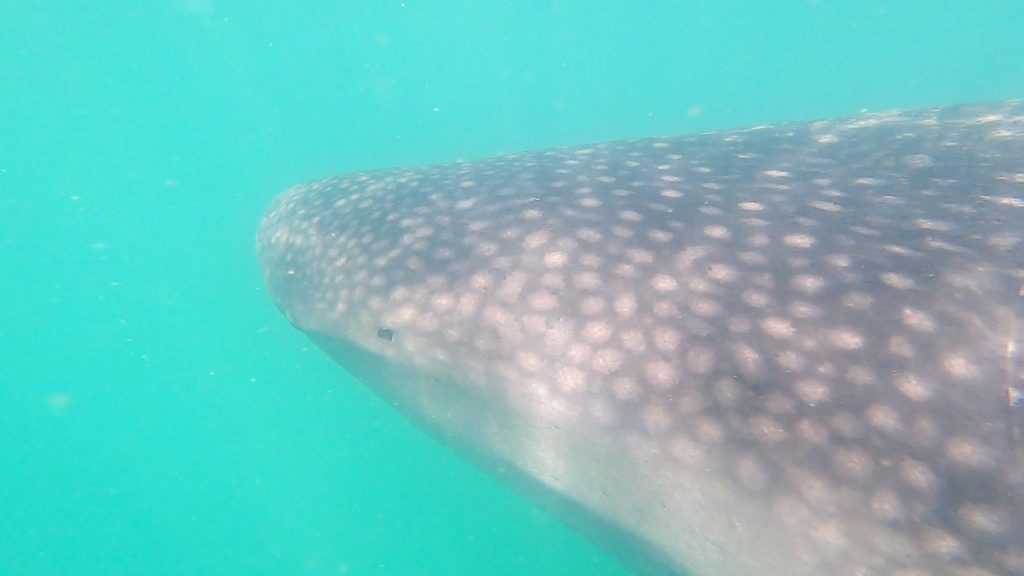
Snorkelling with whale sharks in the wild is a completely unforgettable experience and something that we would recommend to all wildlife lovers. Mexico is actually one of the best places in the world to swim with whale sharks and Baja California Sur’s whale shark zone has some of the tightest restrictions in the world, so you can be sure it’s an ethical experience too. If you’re lucky enough to be visiting Baja California Sur in whale shark season you may be wondering where to see whale sharks in the Sea of Cortez, how to find them and how to swim with them. This guide will tell you everything you need to know about swimming with whale sharks in La Paz, Mexico.
Time needed: 1 day.
When to go: La Paz has nice weather all year round, but winter can be less crowded with cooler water temperatures.
Weather: Highs of 25-33°C in the summer (June-August) and 18-25°C in winter (December-February). La Paz gets very little rain and can actually go a whole year without even a shower.
Language: Spanish.
Currency: Mexican Peso.
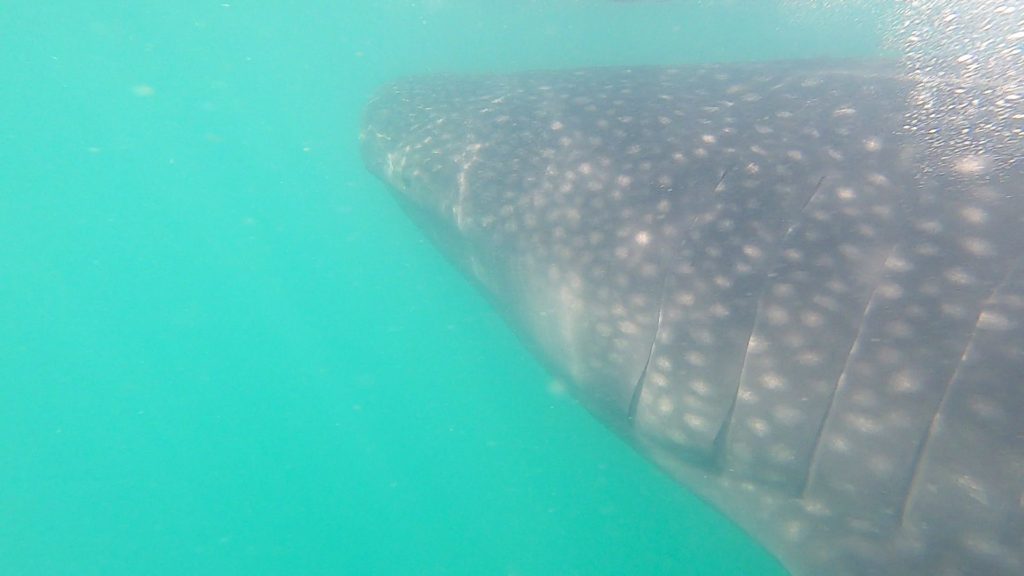
What is a whale shark?
Many people question whether a whale shark is a whale or a shark. Despite their name, whale sharks (scientific name: Rhincodon Typus) aren’t actually whales but filter-feeding carpet sharks. Unlike whales, these large spotted sharks have no bones, only cartilage. As a fish, they have gills and can breathe underwater but but prefer warm surface waters, where they can often be found feeding. Whale sharks are the largest fish in the sea, growing between 6-10 metres (19-32 feet) but the largest ever recorded was a whopping 18.8 metres (61.7 feet)! The average adult weighs up to 20 tonnes, which is about the weight of a school bus. Whale sharks feed chiefly on plankton, which are tiny organisms carried along by tides and currents. As filter feeders whale sharks cannot bite or chew. Instead, they open their mouths wide and filter water through their gills, eating small shrimp, fish and plankton as they go. They can process more than 6,000 litres of water an hour! You can see a whale shark feeding in the below photo. The water may look murky and this is due to how rich in nutrients it is. Water with lots of nutrients is ideal for growing zooplankton, and this is what attracts whale sharks to the waters around La Paz.
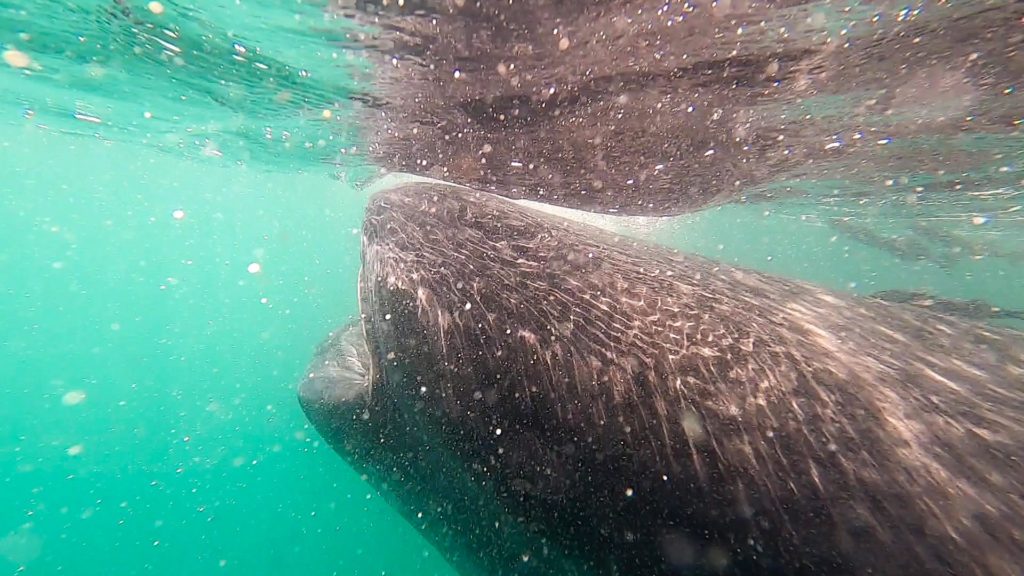
How long do whale sharks live for?
Whale sharks are one of the most elusive animals in the world. Scientists still don’t know where they travel to give birth and no one has yet to witness a whale shark birth. It was only recently that the first photo of a baby whale shark was even taken! It is believed that whale sharks have a fast growth rate when very young but this slows down and it takes them 30 years to reach full maturity. Although no one knows for sure, it is estimated that a wild whale shark lifespan could be over 100 years.
Whale sharks are actually endangered. The IUCN (International Union for Conservation of Nature) has declared the species endangered due to the impacts of the fishing industry. The three main risks to whale sharks are habitat (fishing, by-catch and boat strikes), hunting and pollution. Due to their long lifespan and late maturation, whale sharks are dying faster than they can reproduce. Unethical whale shark tourism also contributes to their decline, so it’s really important to choose an ethical company in a highly regulated area.
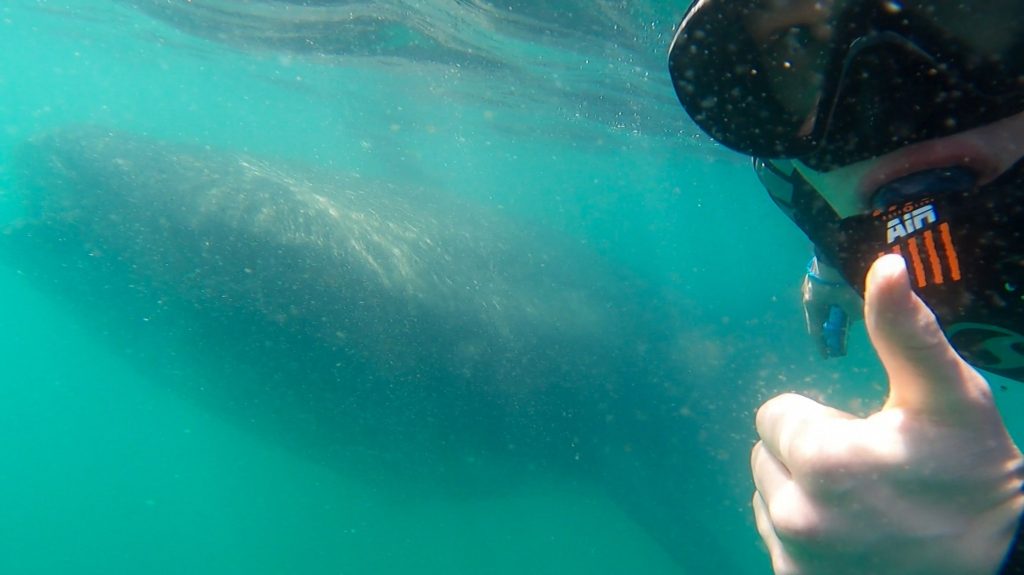
Where to swim with whale sharks in Mexico
Whale sharks are migratory, meaning they don’t stay in one place for an entire year. Instead, they frequent warm nutrient-rich waters which have plenty of plankton for them to feed on. There are actually two areas in Mexico where you can swim with whale sharks. The first is the state of Quintana Roo, which can be found on the east coast of Mexico. Whale sharks migrate to Mexico’s Caribbean coast each year and tours can be taken from destinations including Cancún, Cozumel and Holbox. The whale shark area is quite far out to sea, so tours from the eastern mainland tend to include longer travel times and often choppier crossings. The second location is the Sea of Cortez, which is sandwiched between the Baja California Sur peninsula and Mexico’s Pacific coast. Every year whale sharks migrate to the waters around La Paz, on the south of the Baja California Sur peninsula. La Paz City lies on a large, curved bay in the Sea of Cortez, which protects the waters from strong ocean currents, making the bay calmer and stiller. These protected waters are perfect for whale sharks. The La Paz whale shark zone lies in the bay near El Mogote Sand Dunes and is only a 15 minute boat ride from the marina.
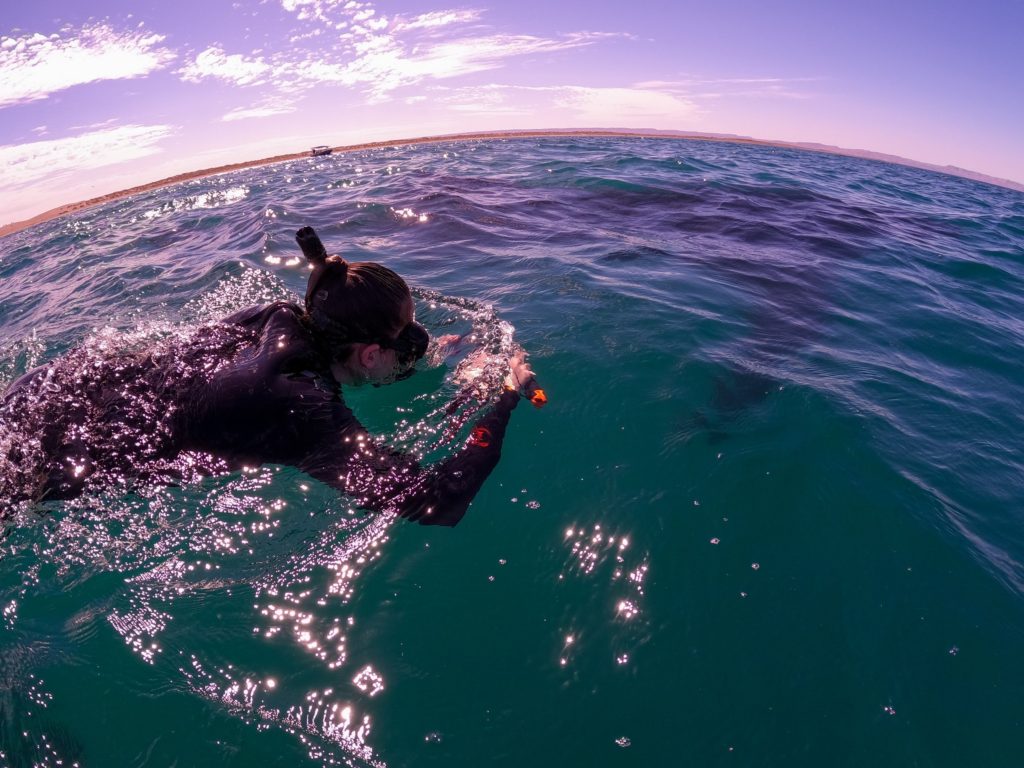
Interactive La Paz Map
When can I swim with whale sharks in La Paz?
As whale sharks are migratory, the best time to swim with whale sharks in Mexico is during whale shark season, which will depend on your destination. Due to having 2 whale shark seasons, the best time to see whale sharks in Mexico depends on which coast you visit. On the east coast you can swim with whale sharks in destinations like Cancún or Cozumel between June-September. While whale shark season in Baja California Sur and the west coast falls between October-May. The whale shark regulations on the Pacific coast are slightly stricter than on the east coast and the whale shark tours are typically cheaper too. For this reason, we’d recommend choosing La Paz to swim with Whale Sharks, as it’s better value for money, and you can be sure your encounter will be a well-regulated experience.
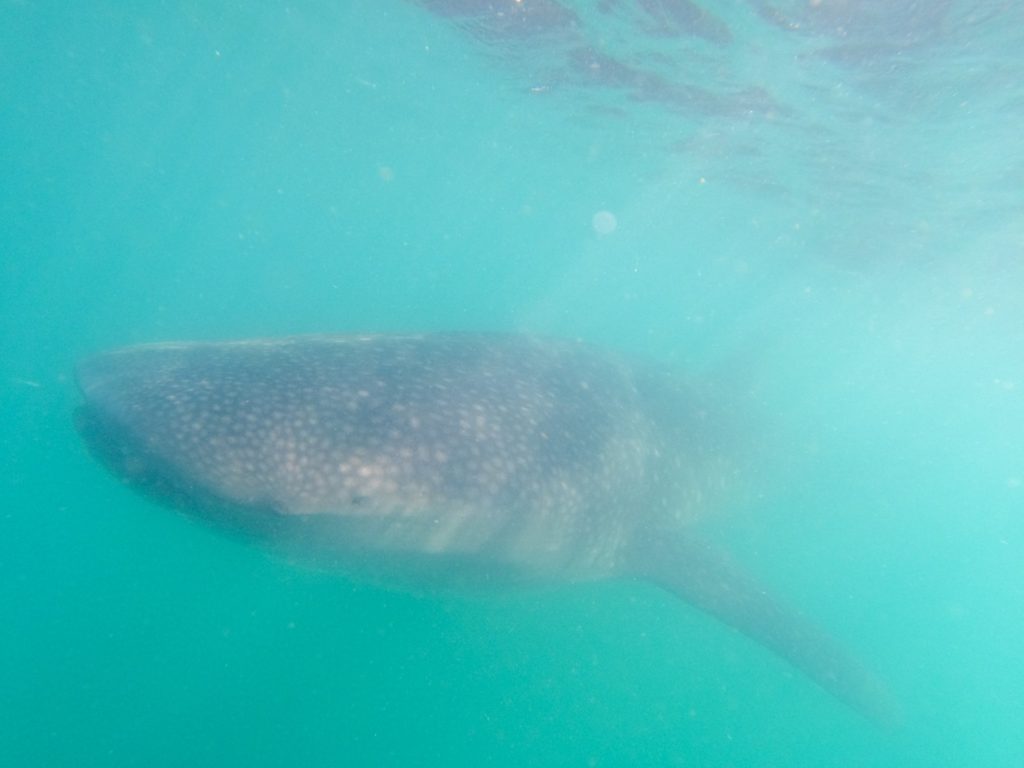
Is swimming with whale sharks ethical?
Unfortunately, swimming with whale sharks is not ethical in all parts of the world. One of the most popular destinations in the world for swimming with whale sharks is in Oslob, The Philippines. The Cebu Province where this activity takes place has very few laws to protect the whale sharks and tours don’t need to adhere to any regulations. This means that the whale sharks are often overcrowded, touched and bumped into and given no rest from humans. And, even worse, there are stories of local fishermen feeding the whale sharks to incentivise them to visit the area. Feeding wild animals can not only put them in a position where they are more likely to be harmed by humans (either hunted on purpose or accidentally injured by boats and fishing equipment) but can also cause long term damage to the species’ feeding habits and disrupt the natural food chain.
We absolutely do not condone keeping animals in captivity unless for rescue and rehabilitation purposes. So we would highly encourage anyone thinking about swimming with whale sharks in captivity, such as Atlanta’s Georgia Aquarium, to reconsider. You will have a far better experience in a place with tight restrictions, where the whale sharks are free to display natural behaviours in the wild.
To answer the question: swimming with whale sharks can be an ethical experience, if the activity is properly managed and regulations are followed. Some countries with locations which sport well-regulated zones for swimming with whale sharks include Mexico, Western Australia, Tanzania and Mozambique.
Read next: Let’s Talk About Ethical Wildlife Tourism
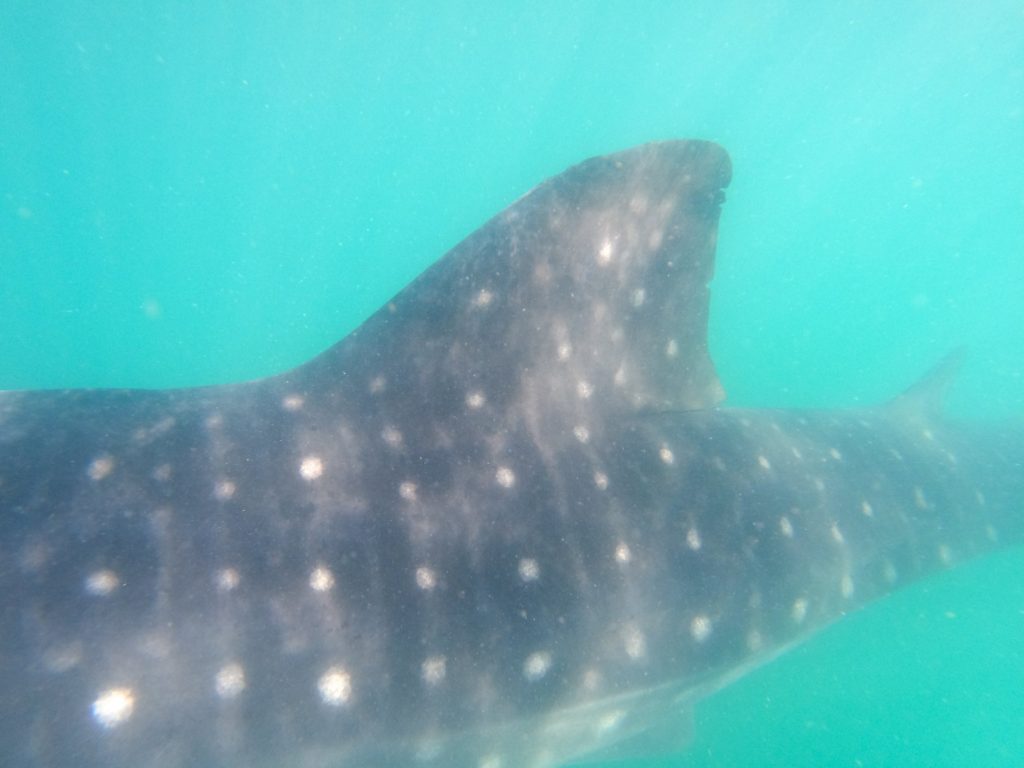
Is swimming with whale sharks in La Paz ethical?
Yes! The whale shark area in La Paz actually has some of the strictest rules in the world. There are restrictions on the number of boats in the area – only 14 boats are allowed into the zone at any given time and each can only stay for up to 3 hours. Each boat needs to find its own whale shark, so the whale sharks are never over-crowded and get breaks from human presence. And a maximum of 5 people are allowed in the water at once, but most tour operators limit this to 3. Only licensed companies are allowed to run ‘swim with whale shark’ tours in La Paz and each company has to apply to enter the zone each morning. This ballot-like system helps to prevent over-crowding within the zone, which is controlled by government officials via radio. Tour operators must be authorised by SEMARNAT (Mexico’s environment ministry, Secretariat of Environment and Natural Resource).
We were really impressed with how spread out the boats in the zone were and you could tell the guides all respected the whale sharks and were making sure the tourists did too.
By following these rules we can minimise our impact on whale sharks during encounters with them. During our trip we saw whale sharks displaying natural feeding behaviours, which is a clear sign they were unbothered by us. They also had plenty of space to swim away from us (they’re faster swimmers than humans) and if a whale shark swims away, the boat will find a new one rather than chase it.
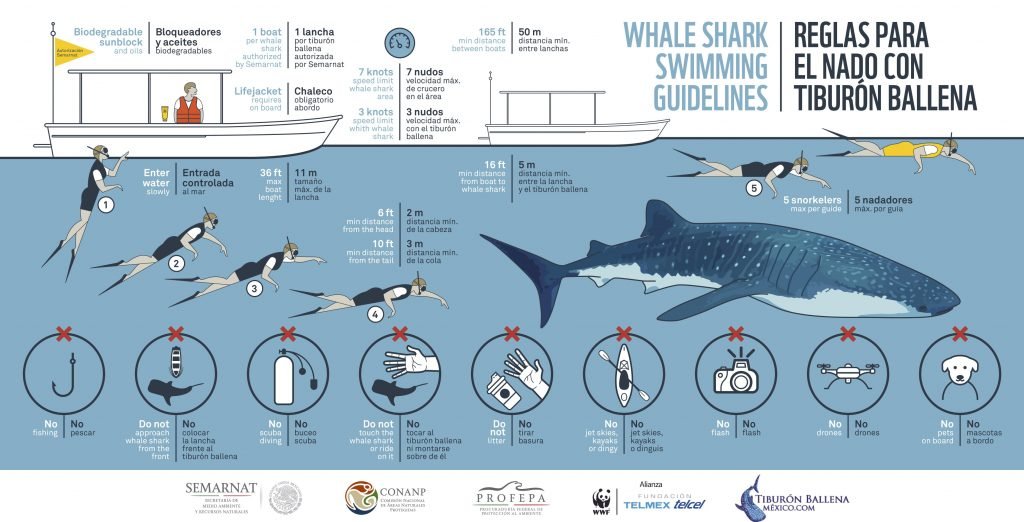
What is it like to snorkel with whale sharks in La Paz?
Most whale shark tours in La Paz leave from Marina La Paz on the malecón. You’ll meet your guides and others in your group and be briefed on what to expect from the day. You’ll receive your gear (wetsuit, snorkel, mask and fins) on the boat and head out. If you’re snorkelling with whale sharks first thing (or doing a non-combo tour) you’ll head straight towards the whale shark zone. After radio confirmation that you can enter the zone, your captain and guide will be on the look out for a whale shark. Depending on how lucky you are, you might spot a dorsal fin gliding along the surface immediately, or have to wait a little longer while you search.
Once a whale shark is spotted, it’s time to gear up and jump in. Your group will be split, depending on the number of participants, to allow up to 5 people in with the guide and the whale shark at once. On our trip of 5 people, we went in at a couple and alternated with a group of 3 friends. This is a big bonus of small group tours – you get more chances and time in the water. Whale sharks can swim really fast and visibility can be limited in winter (due to all those tasty nutrients floating around) so you have to properly swim to keep up with them. The sheer size of a whale shark can be shocking, so take some time to look with your eyes and really take it all in, before getting those important photos. You’ll notice intricate details, like the spotted pattern and little remoras (also known as suckerfish or whalesuckers) which lie on the whale shark’s skin.
Your time in the water will typically last no longer than 5 minutes – either until the whale shark out-swims you or you get tired. Then you can get back into the boat and catch your breath while the others in your group swim. Most visitors have 2-3 chances to jump in the water and swim with a whale shark before the boat needs to leave the whale shark zone.
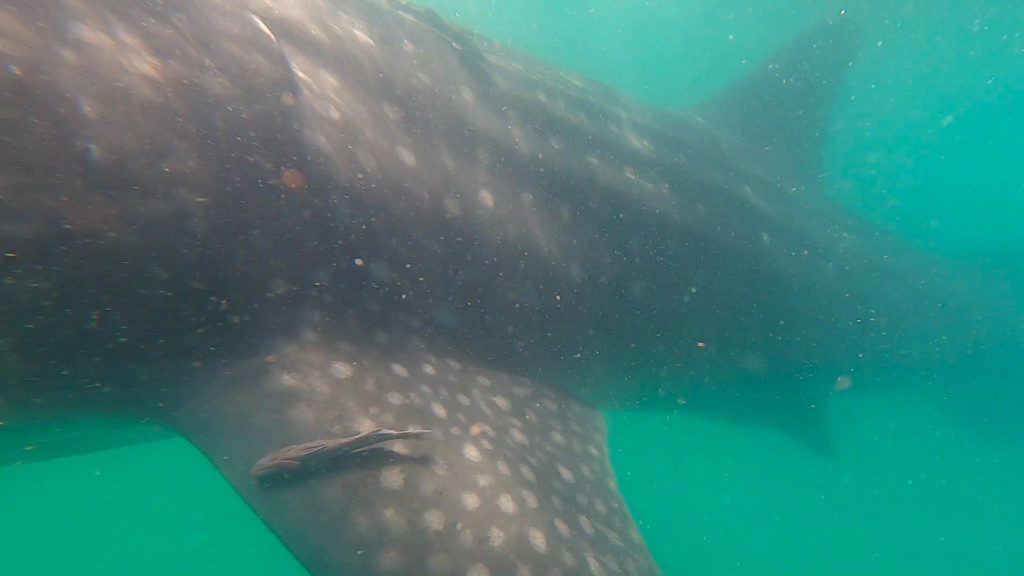
Before any new experience you’re bound to have lots of questions. We didn’t know what to expect when snorkelling with whale sharks, so we’ve answered a few of the key questions we had below.
Is it safe to swim with whale sharks?
Yes, whale sharks are gentle giants. Whale sharks are not dangerous and have never been known to attack humans. However they are massive and weigh a lot, so it’s important to follow the regulations, keep your distance and have your wits about you. If you follow the rules you’ll stay safe. It’s important to keep your distance from the whale shark when in the water so it can change direction. Their big tails are very powerful too and swish from side to side.
Are whale sharks friendly with humans?
Whale sharks are neither aggressive nor friendly towards humans. In a regulated environment, they’ll likely go about their business and completely ignore you. Whale sharks are pretty blind and deaf so it’s unlikely they’ll notice your presence, which gives you the perfect opportunity to witness their natural behaviours, like filter-feeding, without disturbing them.
If you are interested in swimming with an animal who is more inquisitive, check out snorkelling with sea lions in La Paz.
Is swimming with whale sharks worth it?
Despite how dreamy these photos look, we actually found swimming with whale sharks more chaotic than snorkelling with other species. You also have to enter and exit the water several times to take a break and allow the boat to catch up to the whale shark. Despite this though, it is 100% worth it. Whale sharks look big from the surface but are so much bigger from underwater! And there’s nothing comparable to swimming alongside the world’s biggest fish.
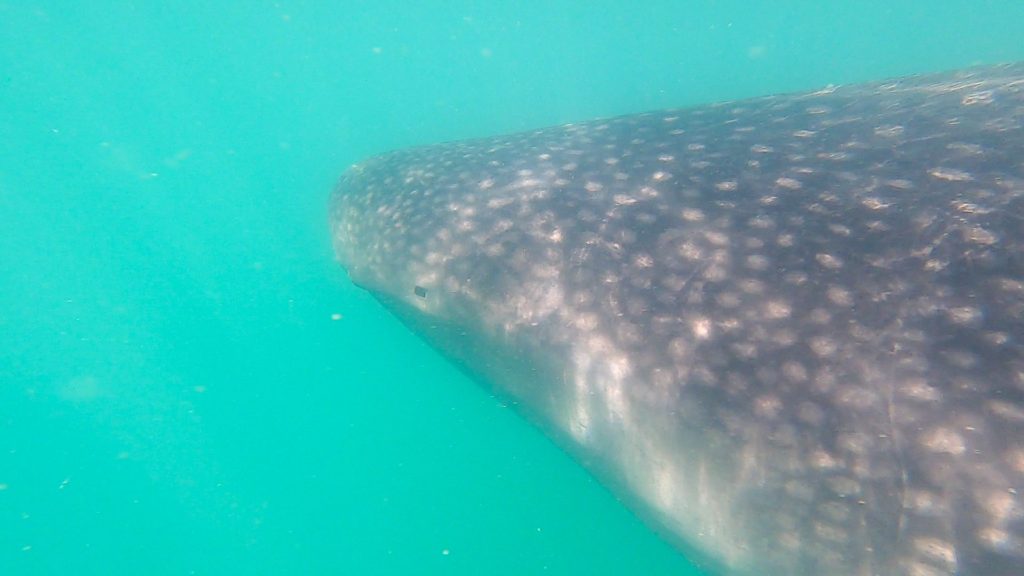
How to swim with whale sharks in Mexico
To swim with whale sharks you need to book onto a tour, which will provide transportation by boat and a certified guide. We’d recommend researching companies thoroughly and choosing an ethical company with clear values. Read their website and reviews, looking out for signs that they respect the whale sharks and adhere to local laws and guidelines.
Each morning the boat companies in La Paz need to register the number of passengers they would like to take out to see the whale sharks and will be assigned a time slot either in the morning or afternoon. Due to demand, there’s always the possibility that the boat won’t be granted permission to enter the whale shark zone that day, even though you’ve booked onto a tour. So it’s really important to book with a legitimate and licensed company like La Paz VIP Tours, who will give you the best chance of seeing whale sharks.

The best La Paz Whale Shark Tours
We’d highly recommend booking your Whale Shark Tour with La Paz VIP Tours, who are an eco-conscious company with excellent captains and super knowledgeable guides. La Paz VIP Tours keep their groups small for a more intimate experience. This also gives you maximum opportunity to enjoy snorkelling with whale sharks as you have more turns in the water during the 3 hour slot. They take photos throughout the trip which you can keep for free! You can find slightly cheaper tours but, in a lot of cases, it’s at a sacrifice of quality and responsibility. Cheaper tours – including those bought off touts on the street – tend to be overcrowded and have less of an emphasis on sustainable practices. Whereas La Paz VIP Tours is affordable and offers excellent trips that are worth the money.
If you’re travelling from Los Cabos, you should consider booking a whale shark tour with Cabo Trek. They are the first and only ecotourism company in Mexico to obtain the official recognition of Responsible Whale Watching Operator assigned by the World Cetacean Alliance and run whale shark tours from Cabo San Lucas to La Paz to swim with whale sharks ethically. We’re also big fans of their Whale Watching Tours in Cabo San Lucas.
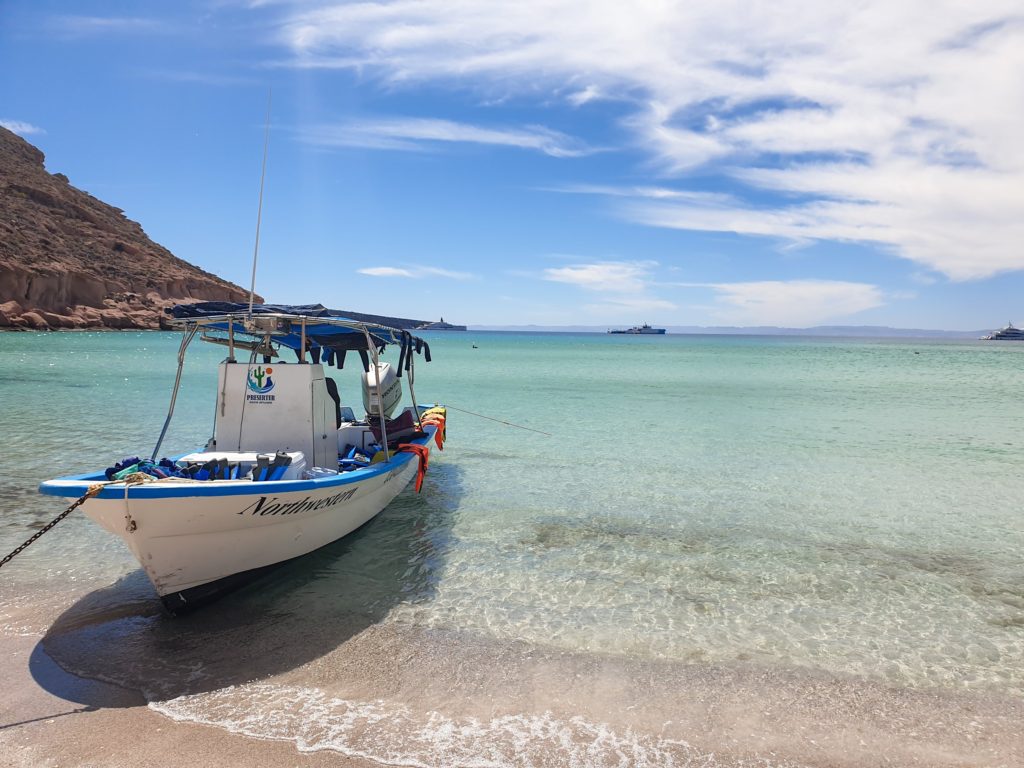
What else is there to do in La Paz, Mexico?
As swimming with whale sharks only takes half a day, many whale shark tours can be combined with other activities in La Paz. Popular combo tours often include swimming with sea lions at either San Rafaelito or Los Islotes. Other tours include wildlife watching and snorkelling around Isla Espíritu Santo. And Balandra Bay, which is known to be Mexico’s most beautiful beach, is also a popular combined day trip from La Paz. If you’d had enough time on the water, there’s also plenty of fun things to do in La Paz city, as well as lots of great bars and restaurants.
Whale watching is another popular activity to do in La Paz, and is perfect for cetacean lovers. In the winter months, Humpback Whales can be seen off Los Cabos, Blue Whales can be spotted from Loreto and Grey Whales can be found in Magdalena Bay. Luckily, whale watching season coincides with whale shark season! And if you just can’t get enough of marine animal encounters, mobula rays can be seen in their hundreds from May to July.
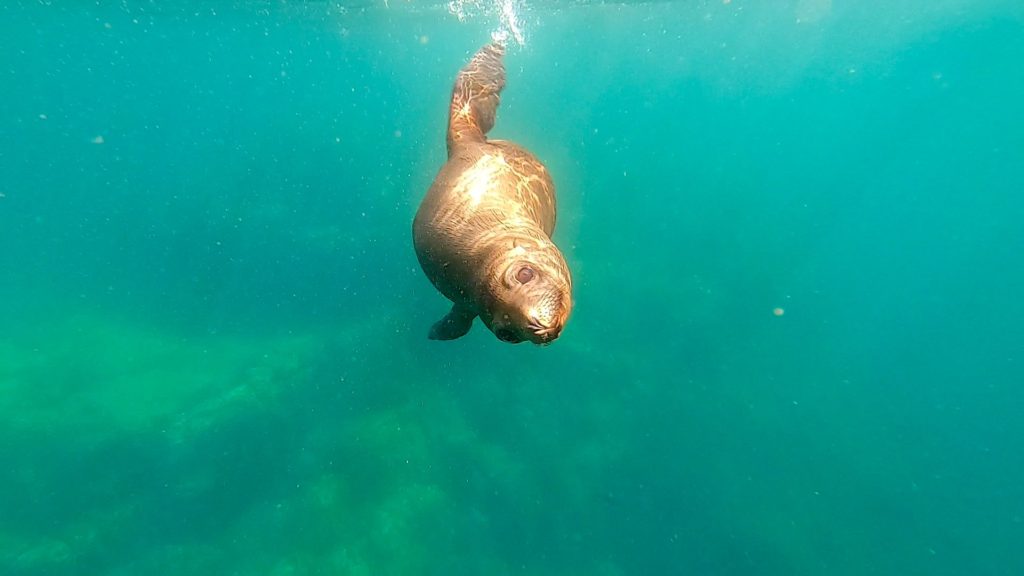
Read next:
Everything you need to know about Snorkelling with Sea Lions in La Paz, Mexico
The 26 Best Things to do in La Paz
What to eat in La Paz + The 4 Best Spots for Fish Tacos
Swimming with Wild Dolphins on Australia’s Kangaroo Island
Balandra Bay: Mexico’s Most Beautiful Beach
